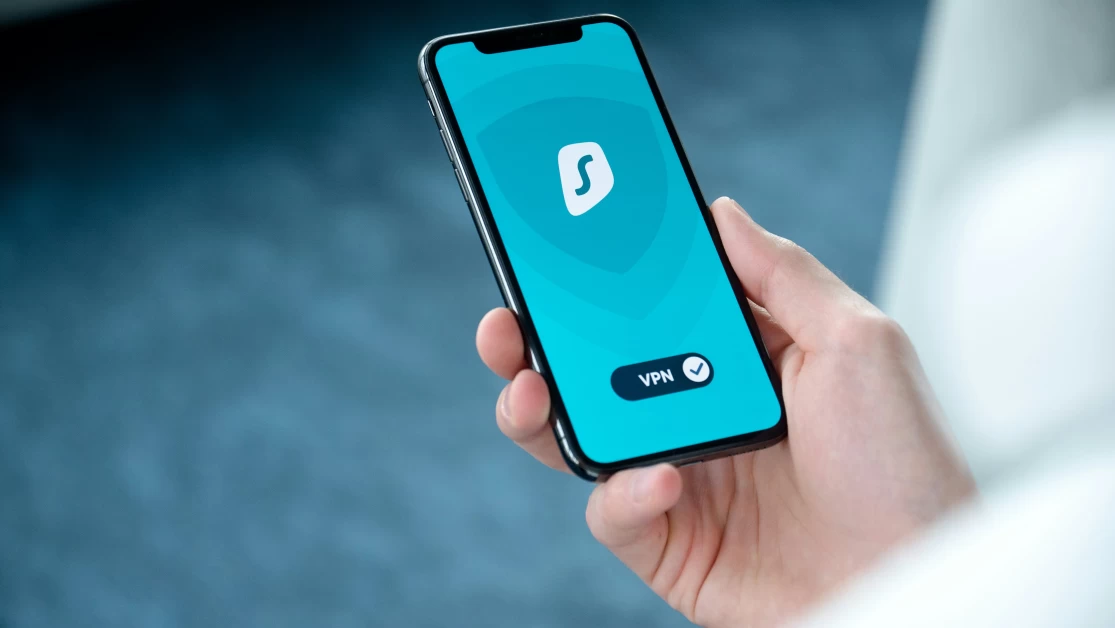Table of Contents
Introduction
When using NordVPN, you may encounter connectivity issues that prevent you from accessing the internet through the VPN. This guide will help you troubleshoot common NordVPN connectivity problems and provide solutions to get you back online.
Check your internet connection
Before connecting to NordVPN, it’s important to ensure that you have a working internet connection. To test your internet connection, try opening your favorite websites. If they load successfully, you can proceed to connect to NordVPN. However, if you have no internet access, follow these steps:
- Restart your router.
- Reconnect to your Wi-Fi network or Ethernet cable if you’re not using Wi-Fi.
- Contact your internet service provider (ISP) to inquire about any potential issues with your internet connectivity.
Check your NordVPN account status and credentials
It’s essential to verify that you have entered the correct credentials and have an active VPN subscription with NordVPN. Here’s how you can check your account status and credentials:
- Visit the Nord Account page to check your account status.
- Access your account dashboard to review your credentials. Note that the router VPN credentials may differ from the VPN app credentials.
If you have an active account and the proper credentials but still cannot connect, try the following solutions.
Connect to different VPN servers
Sometimes, a server may be congested and reject new connections. In such cases, reconnecting to a different server can resolve the issue. Here’s how you can check for server congestion on the NordVPN app:
- Go to the server countries section.
- Hover your mouse over your preferred country and click on the three dots.
- In the server section, click the drop-down arrow to view server congestion percentages.
By trying different servers, you can often find one that is not congested and successfully connect to NordVPN. Keep in mind that NordVPN automatically connects you to the fastest server, but this may not always be the most reliable option.
Check if the correct TCP and UDP ports are open
NordVPN relies on open TCP port 443 and UDP port 1194 for connectivity. While NordVPN typically opens these ports automatically, some services and firewalls may block access. To ensure the correct ports are open, follow these steps:
- During installation, allow NordVPN to pass through your firewall.
- If you’re experiencing connectivity issues, check your firewall settings and make sure NordVPN is allowed access.
- Additionally, ensure that your router and any other network devices are not blocking these ports.
By allowing NordVPN access to the necessary ports, you can ensure a smooth connection.
Antivirus issues
Certain antivirus suites may interfere with NordVPN connections, as they might mistakenly identify tunneling activities as potential malware services. To resolve antivirus-related connectivity issues, follow these steps:
- Check if your antivirus software has a built-in firewall that could be blocking your VPN connection.
- Add NordVPN to the exception list in your antivirus software to prevent it from blocking the VPN.
- If necessary, temporarily disable your antivirus software while using NordVPN to test if it is causing the connectivity problem.
By addressing any antivirus-related issues, you can eliminate potential barriers to NordVPN connectivity.
VPN software bugs
Sometimes, software bugs within the VPN itself can lead to connectivity problems. Resolving these bugs can be challenging, but there are a few steps you can take:
- Reinstall NordVPN on your device to ensure you have the latest version.
- Check for any available updates for your operating system and install them.
- Optimize your system by clearing the cache and deleting temporary files, which can help resolve software conflicts.
By keeping your NordVPN software up to date and optimizing your system, you can minimize the impact of software bugs on your VPN connection.
Conclusion
Troubleshooting common NordVPN connectivity issues doesn’t have to be a daunting task. By following the steps outlined in this guide, you can identify and resolve the most common problems that can arise when using NordVPN. Remember to check your internet connection, verify your account status and credentials, try different VPN servers, ensure the correct ports are open, address any antivirus issues, and keep your VPN software up to date. With these troubleshooting tips in hand, you’ll be able to enjoy a seamless and secure VPN experience with NordVPN.
